Functional road classification systems or road hierarchies are widely used in all aspects of traffic planning, traffic operations and road asset management. Considerable effort should be invested to keep them current, relevant and consistently applied within and across jurisdictions. With increasing emphasis being placed in New Zealand on cost-effective and equitable management of transport infrastructure and sustainable transport systems, road hierarchies should be better designed and implemented than is currently the case.
This paper identifies and compares a variety of functional road hierarchies from both the national and local sectors, including those used by Land Transport New Zealand, Transit New Zealand and six metropolitan areas. Many of the systems analysed use traffic volumes as indicators of road class but widely different definitions exist. Besides traffic volumes, the hierarchies have a number of criteria used to classify roads, although these are not explored in any detail in this paper.

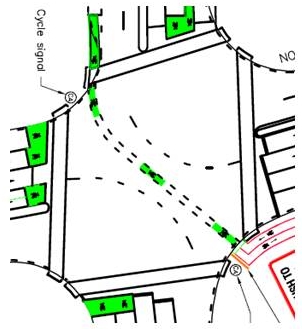 Auckland City Council has developed an innovative diagonal cycle call-phase to run concurrently with opposing right-turning traffic to resolve a difficult cycleway continuity problem. Cyclists wishing to continue westwards at the end of SH20 (Mt Roskill) cycleway have the difficult situation of attempting to diagonally cross a large and complicated intersection. This would normally require cyclists to dismount and/or use several pedestrian phases to reach the desired side of the intersection.
Auckland City Council has developed an innovative diagonal cycle call-phase to run concurrently with opposing right-turning traffic to resolve a difficult cycleway continuity problem. Cyclists wishing to continue westwards at the end of SH20 (Mt Roskill) cycleway have the difficult situation of attempting to diagonally cross a large and complicated intersection. This would normally require cyclists to dismount and/or use several pedestrian phases to reach the desired side of the intersection.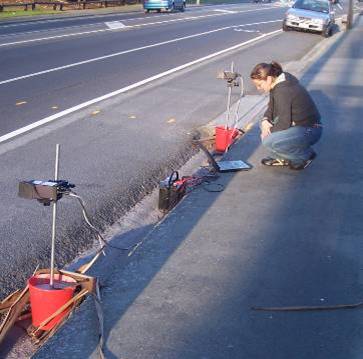 This paper discusses the effects the installation of an on-road cycle lane had on traffic flow operations and the safety of its users. Three types of safety have been investigated: inferred safety, based on measurable flow characteristics; perceived safety, based on road users' opinions; and actual safety, based on observed crash rates.
This paper discusses the effects the installation of an on-road cycle lane had on traffic flow operations and the safety of its users. Three types of safety have been investigated: inferred safety, based on measurable flow characteristics; perceived safety, based on road users' opinions; and actual safety, based on observed crash rates.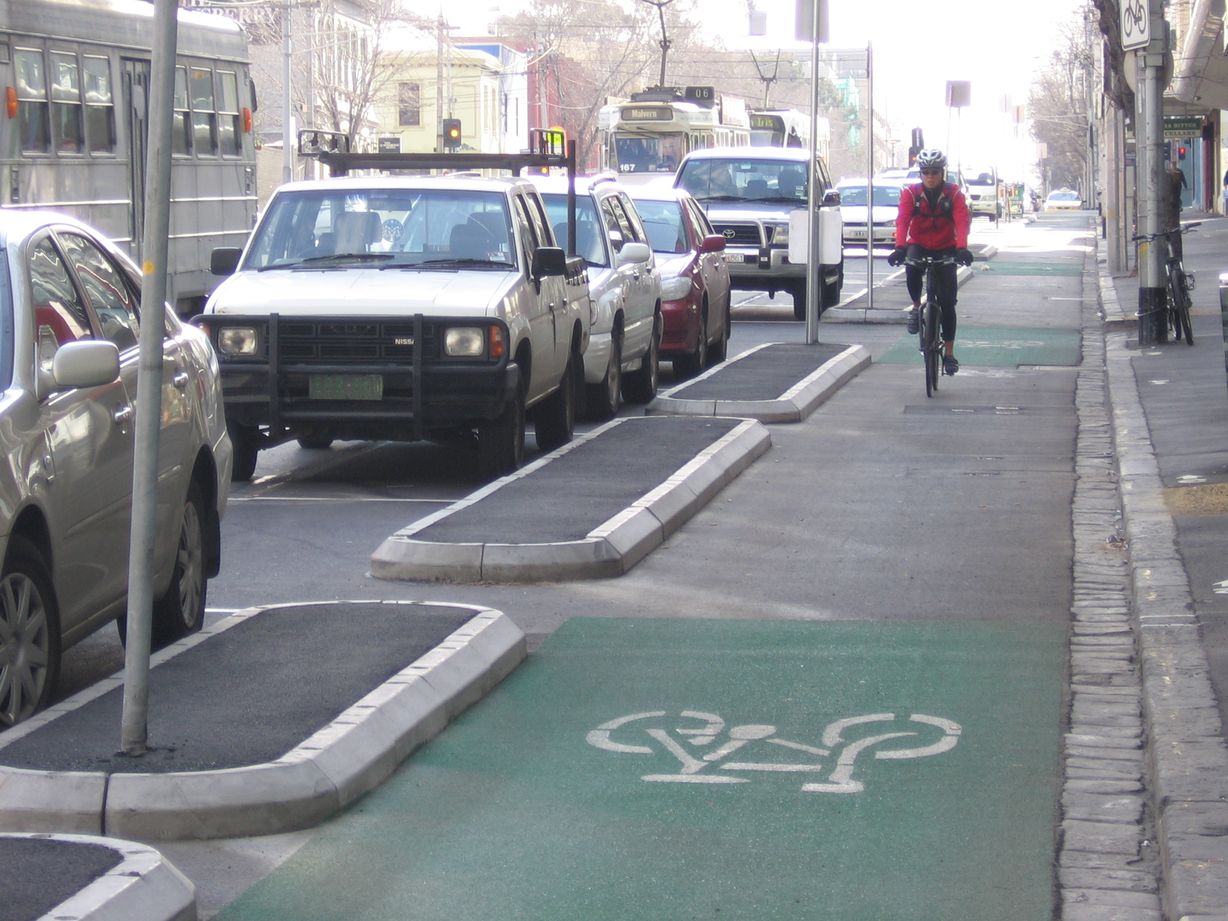 ARRB Group (Melbourne) ran two-day workshops on "planning and developing walking and cycling strategies" in Australia and NZ. Andrew Macbeth teamed up with ARRB to develop content and deliver (with an ARRB co-presenter) the NZ workshops in Wellington and Christchurch.
ARRB Group (Melbourne) ran two-day workshops on "planning and developing walking and cycling strategies" in Australia and NZ. Andrew Macbeth teamed up with ARRB to develop content and deliver (with an ARRB co-presenter) the NZ workshops in Wellington and Christchurch.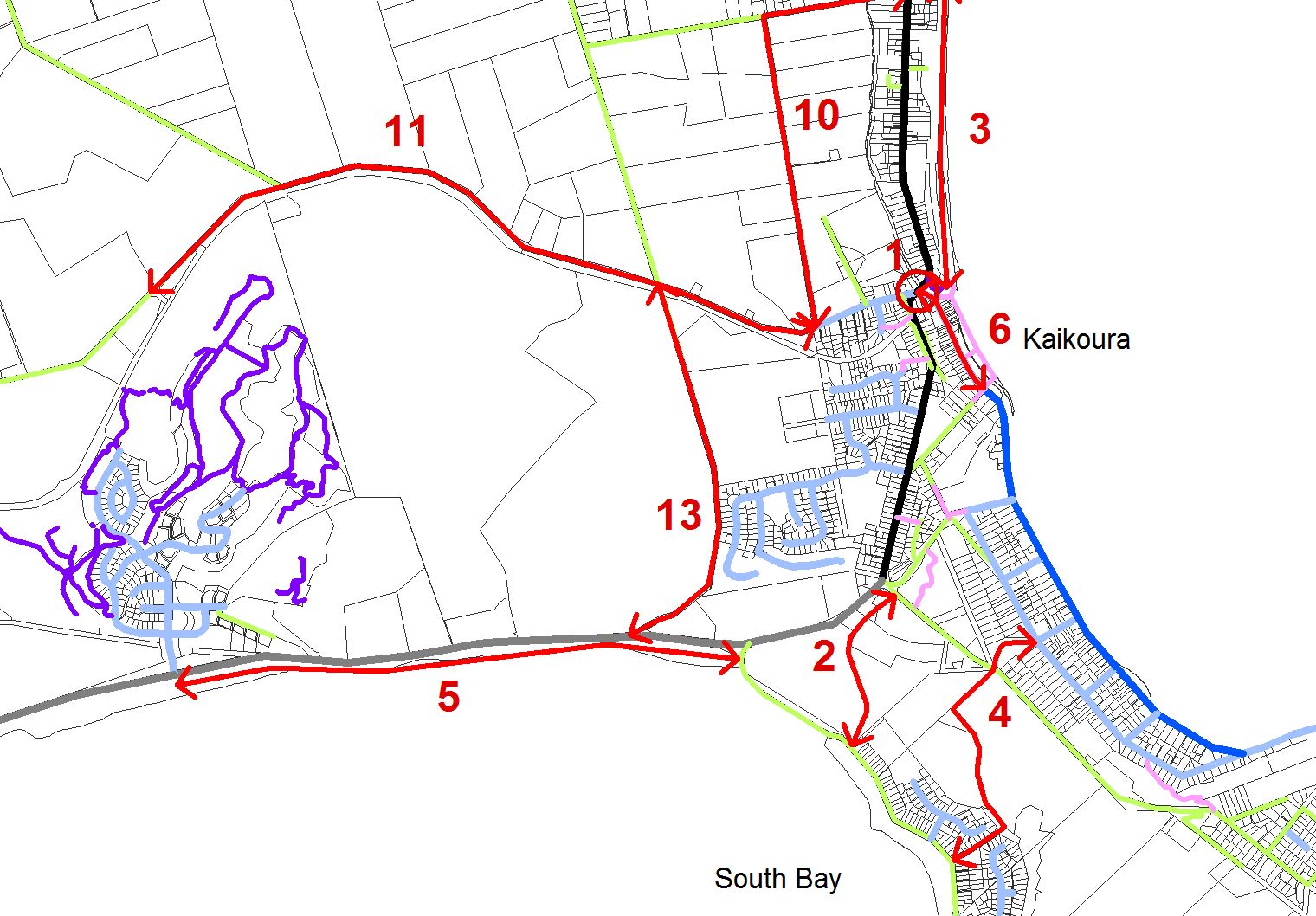 This report describes research undertaken for Land Transport New Zealand on walking and cycling strategies. The study was carried out between August 2004 and August 2005. All 36 known New Zealand strategies publicly available at the end of 2004 were reviewed, plus a selection 8 of international strategies.
This report describes research undertaken for Land Transport New Zealand on walking and cycling strategies. The study was carried out between August 2004 and August 2005. All 36 known New Zealand strategies publicly available at the end of 2004 were reviewed, plus a selection 8 of international strategies.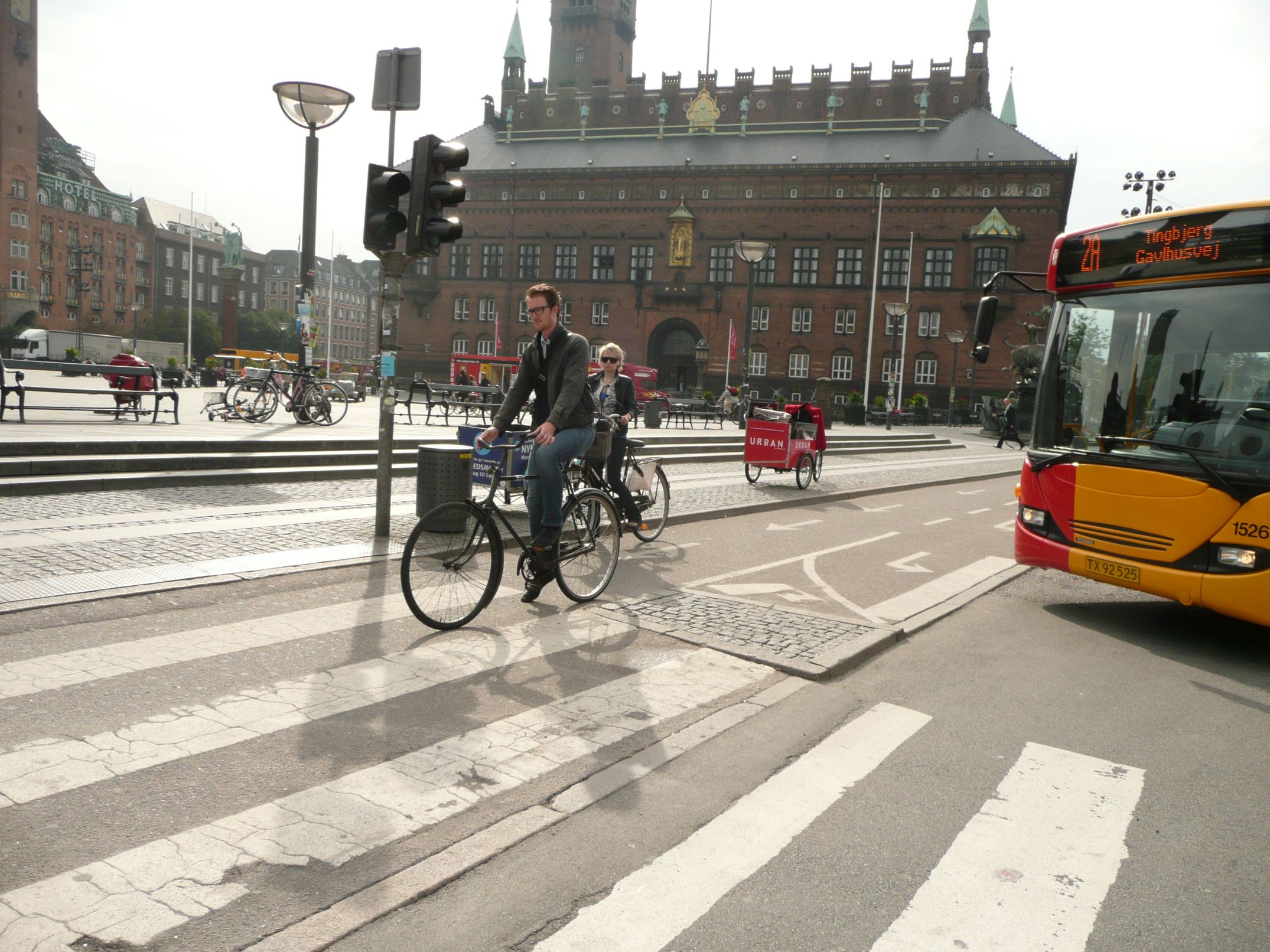 Axel Wilke has come back from the 2007 Velocity conference in Munich with 'lessons for NZ'. He presented the most important topics to the Canterbury Active Transport (CAT) Forum, covering a range of topics.
Axel Wilke has come back from the 2007 Velocity conference in Munich with 'lessons for NZ'. He presented the most important topics to the Canterbury Active Transport (CAT) Forum, covering a range of topics.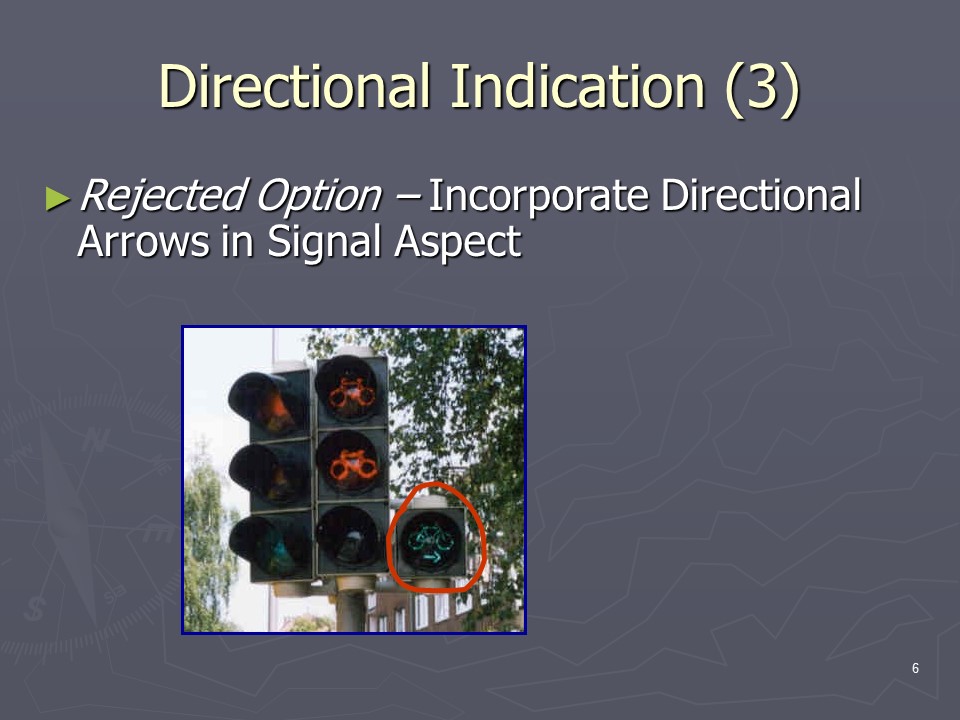 This presentation is reporting on a submission that
This presentation is reporting on a submission that